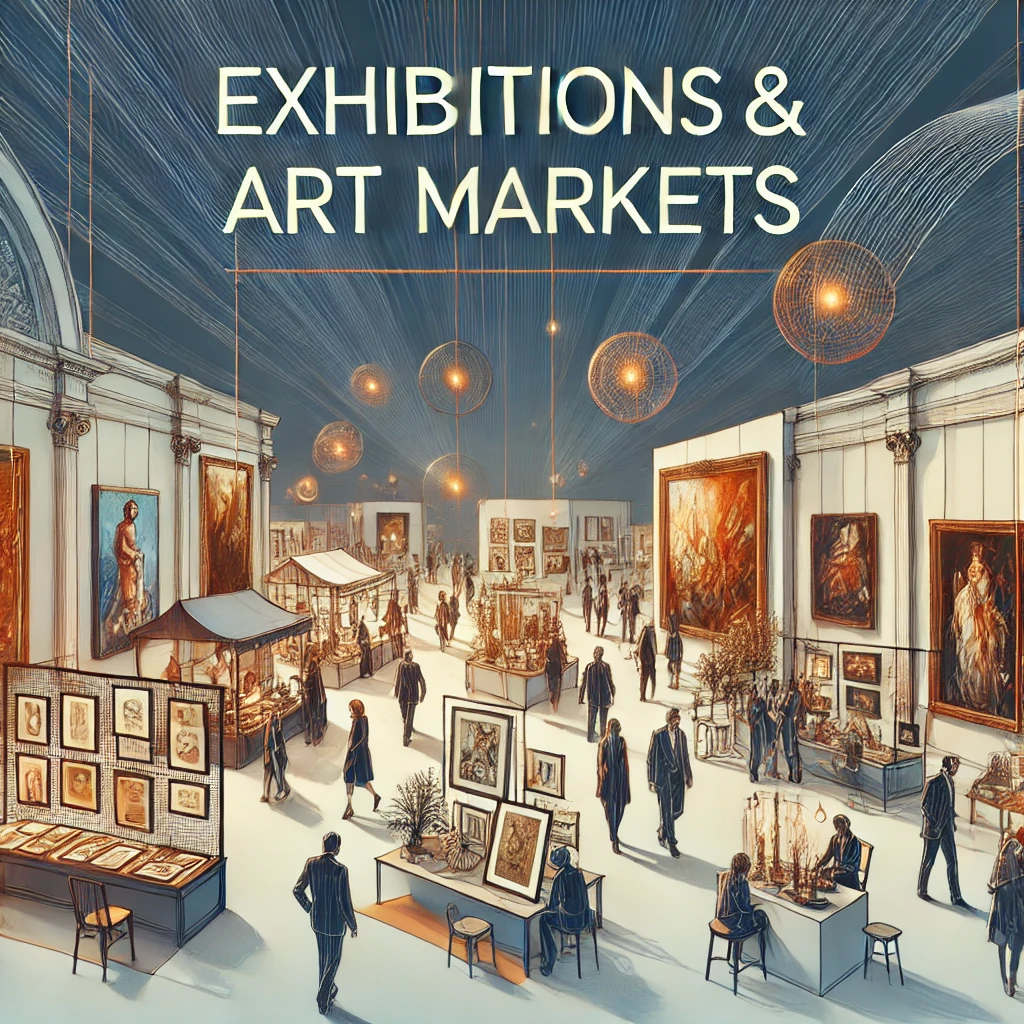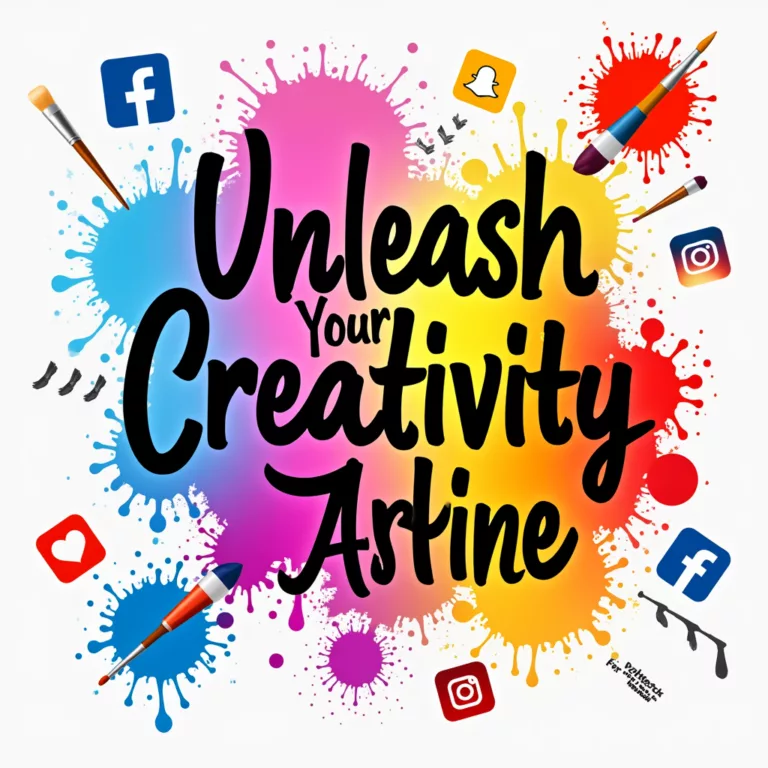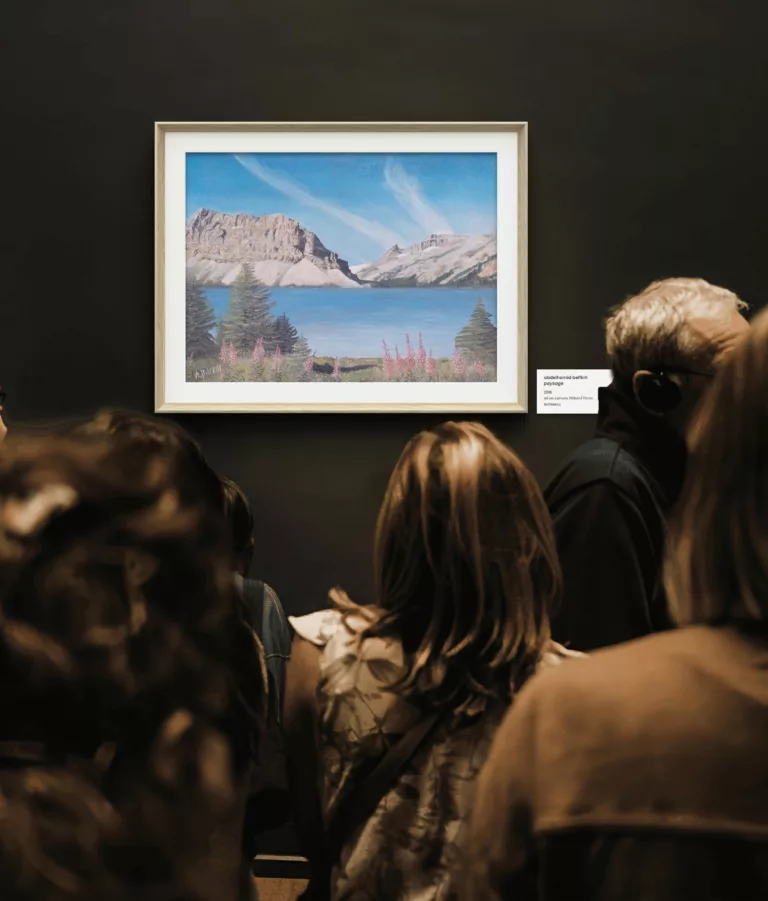Exhibitions And Art Markets Exhibitions
Introduction
For artists at every career stage, the question of where to invest limited resources time, money, creative energy is perpetually challenging. Among the most significant investments artists consider are participation in exhibitions and art markets. These platforms promise visibility, sales opportunities, and career advancement, but they also demand substantial commitments of funds, preparation time, and emotional energy.
This comprehensive analysis examines the true value proposition of exhibitions and art markets, helping artists make informed decisions about when, where, and how to invest in these opportunities. We’ll consider various formats, from prestigious biennials to local art fairs, assessing their potential returns across multiple dimensions of artistic careers.
Understanding the Exhibition Landscape
Before evaluating investment value, it’s essential to understand the diverse exhibition ecosystem available to artists today.
Types of Exhibitions
Institutional Exhibitions
- Museum shows (solo and group)
- Non-profit art center exhibitions
- University gallery shows
- Public institution exhibitions
Commercial Exhibitions
- Gallery solo shows
- Gallery group shows
- Pop-up exhibitions
- Artist-run space shows
Art Fairs and Markets
- International art fairs (Art Basel, Frieze, FIAC)
- Regional art fairs
- Local art markets
- Specialized medium-specific fairs
Biennials and Triennials
- Major international biennials (Venice, Whitney, etc.)
- Regional and thematic biennials
- Emerging biennials in developing art centers
Alternative Exhibition Models
- Online exhibitions
- Public art projects
- Community engagement exhibitions
- Social practice projects
Each format offers distinct advantages, challenges, and potential returns on investment.
The True Costs of Participation
To evaluate whether exhibitions and art markets are worth the investment, artists must first accurately assess all associated costs.
Financial Investments
Direct Costs
- Participation fees (particularly for art fairs)
- Booth rental and design
- Transportation of artwork
- Insurance
- Installation materials and assistance
- Exhibition design elements
- Reception expenses
- Catalog production
Indirect Financial Costs
- Studio production expenses
- Framing and presentation
- Documentation (photography, video)
- Marketing materials
- Travel and accommodation
- Time away from paid work
Non-Financial Investments
Time Commitments
- Creating new work
- Application processes
- Planning and logistics
- Installation and de-installation
- Attendance and networking
- Follow-up communications
Emotional and Creative Investment
- Stress of deadlines
- Public vulnerability
- Creative risk-taking
- Potential rejection or criticism
- Physical demands of installation and attendance
A comprehensive accounting of these investments is essential for measuring true ROI.
Measuring Returns: Beyond Sales
While immediate sales are the most obvious metric for exhibition success, a sophisticated analysis must consider multiple forms of return on investment.
Quantifiable Returns
Direct Financial Returns
- Immediate artwork sales
- Commissions resulting from exposure
- Resale value increases for exhibited works
- Teaching opportunities arising from visibility
- Speaking engagements
Career Development Returns
- CV enhancement
- Press coverage and reviews
- Documentation for grants and residencies
- Institutional acquisition opportunities
- Gallery interest and representation offers
Qualitative Returns
Network Development
- Connections with curators and arts professionals
- Peer artist relationships
- Collector relationships
- Community building
- International connections
Artistic Development
- Feedback on work
- New conceptual directions
- Technical challenges overcome
- Contextual understanding of one’s practice
- Collaboration opportunities
Long-term Recognition
- Historical documentation
- Archival inclusion
- Critical discourse participation
- Cultural contribution
Considering this full spectrum of returns allows for more nuanced evaluation of exhibition investments.
Strategic Decision-Making: Which Opportunities to Pursue
Not all exhibition opportunities offer equal value. Artists must develop strategic frameworks for evaluating which invitations and possibilities to pursue.
Evaluation Criteria
Alignment with Career Stage
- Early career: prioritize visibility and network building
- Mid-career: focus on institutional validation and market development
- Established career: selective participation emphasizing legacy and contribution
Alignment with Artistic Practice
- Suitability of space for work’s scale and medium
- Curatorial vision compatibility
- Technical support for complex installations
- Audience appropriateness
Organizational Reputation and Reach
- Historical significance and longevity
- Critical reception of previous exhibitions
- Visitor demographics and numbers
- Media coverage patterns
- Institutional relationships
Financial Structure
- Commission rates vs. flat fees
- Payment reliability and timing
- Additional financial support available
- Potential for future financial opportunities
Opportunity Costs
- Competing opportunities declined
- Studio production interruption
- Impact on existing relationships
- Energy diverted from other projects
Red Flags and Warning Signs
Recognizing potentially problematic opportunities can save significant resources:
- Excessive participation fees with minimal services
- Unclear curatorial vision or exhibition theme
- Poor communication from organizers
- Lack of promotional strategy
- History of payment issues or contract disputes
- Unprofessional installation conditions
- High artist-to-visitor ratios at previous events
Case Studies: Comparative ROI Across Exhibition Types
Examining specific exhibition formats reveals distinctive investment-return profiles.
Major Art Fair Participation
Investment Profile: Typically high financial commitment ($5,000-$50,000+), intensive preparation, significant logistical complexity.
Return Profile: Potential for substantial immediate sales, international visibility, concentrated collector and curator access, compressed networking timeline.
Optimal For: Artists with market-ready bodies of work, gallery representation, established pricing, and financial resources to absorb potential losses.
Case Example: A mid-career painter investing $15,000 in a sector-specific art fair might realize $30,000 in sales plus two museum acquisitions and a curator relationship leading to a biennial invitation—providing both immediate financial return and long-term career advancement.
Museum Group Exhibition
Investment Profile: Moderate financial investment, significant time commitment, potential production of new work, lengthy planning timeline.
Return Profile: Institutional validation, catalog inclusion, critical attention, potential acquisition, limited immediate sales opportunity.
Optimal For: Artists seeking critical engagement, institutional relationships, and career legitimization over immediate revenue.
Case Example: An emerging sculptor creating a new installation for a respected regional museum might invest months of labor and materials with no immediate financial return, but gain institutional recognition leading to teaching positions, residencies, and eventual gallery representation with higher price points.
Local Community Art Market
Investment Profile: Low financial barrier, limited preparation, minimal logistical complexity, direct sales model.
Return Profile: Immediate modest sales, local visibility, community engagement, direct customer feedback, potential for repeat clientele.
Optimal For: Early career artists, those producing accessible smaller works, artists with production-oriented practices, those seeking community connection.
Case Example: A printmaker investing $300 in a weekend market might sell $1,200 in prints, establish relationships with five regular collectors, receive a commission for a local business, and develop customer feedback leading to a new successful print series.
Maximizing Exhibition ROI Through Strategic Preparation
Whatever exhibition context artists choose, certain strategies can enhance return on investment.
Pre-Exhibition Strategies
Target Setting and Tracking
- Define specific goals beyond sales
- Create metrics for networking success
- Document exhibition impact systematically
Relationship Development
- Research attending curators and collectors
- Prepare customized communication strategies
- Create follow-up systems for new contacts
Marketing Amplification
- Develop press materials complementing the organizer’s
- Activate personal network for attendance
- Create social media strategy aligned with event
During Exhibition Strategies
Engagement Optimization
- Balance presence without hovering
- Prepare concise talking points about work
- Document visitor responses and feedback
- Collect contact information systematically
Sales Facilitation
- Have streamlined purchase processes ready
- Prepare for shipping and payment logistics
- Create supplementary materials for interested buyers
- Offer appropriate follow-up opportunities
Post-Exhibition Leverage
Documentation Utilization
- Create multiple content formats from exhibition
- Submit to archives and databases
- Update CV and portfolio promptly
Relationship Nurturing
- Strategic follow-up with key contacts
- Sharing of press and outcomes
- Building on connections for future opportunities
Analysis and Learning
- Evaluate against pre-set metrics
- Document lessons for future exhibitions
- Adjust pricing and presentation strategies
The Changing Exhibition Landscape: New Models and Opportunities
The traditional exhibition ecosystem is evolving rapidly, creating new investment considerations.
Digital Transformation
Virtual Exhibitions
- Lower logistical costs
- Global accessibility
- Permanence and archivability
- New technical requirements
Hybrid Models
- Physical-digital complementary experiences
- Extended exhibition lifespans
- New documentation possibilities
Community-Centered Approaches
Cooperative Exhibition Models
- Shared investment and return
- Distributed workload and expertise
- Collective audience building
Social Practice Integration
- Community engagement as primary outcome
- New funding sources through social impact
- Alternative metrics for success
Market Decentralization
Direct Artist-Collector Platforms
- Studio sales events with gallery cooperation
- Artist-run online marketplaces
- Patronage and subscription models
Geographic Diversification
- Emerging market art fairs
- Regional collector development
- Local market depth vs. global market breadth
Conclusion: A Strategic Investment Approach
Exhibitions and art markets remain essential vehicles for artistic careers, but their value proposition varies dramatically depending on format, career stage, and artistic practice. Rather than asking whether exhibitions are universally “worth it,” artists should develop nuanced evaluation frameworks for specific opportunities.
The most successful artists approach exhibition opportunities as strategic investments within a diversified career portfolio. They:
- Calculate full costs beyond the obvious financial outlays
- Consider multiple return metrics beyond immediate sales
- Match opportunities to career stage and artistic objectives
- Prepare strategically to maximize each exhibition’s potential
- Follow through systematically on connections and possibilities
- Analyze results to refine future decisions
With this approach, exhibition participation becomes not merely an expense but a strategic investment in artistic development, career advancement, and sustainable practice.
The question is not whether exhibitions and art markets are worth the investment in general, but rather: which specific opportunities offer the right investment profile for your particular artistic practice, career stage, and professional goals? By approaching this question with rigorous analysis and strategic thinking, artists can make exhibition investments that yield meaningful returns across all dimensions of their careers.
Art11deco







